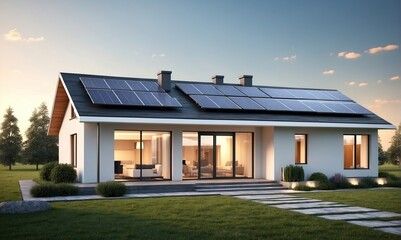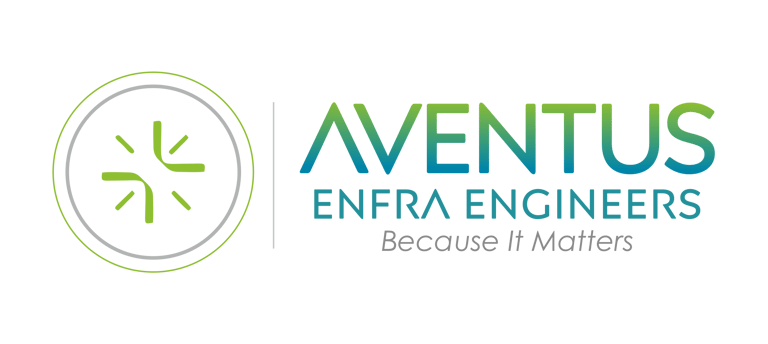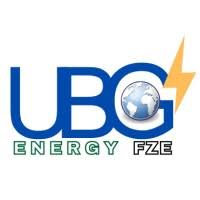Our Solar Products
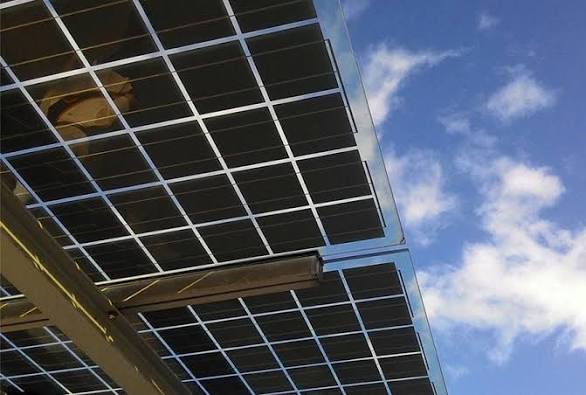

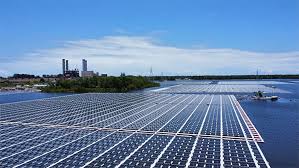

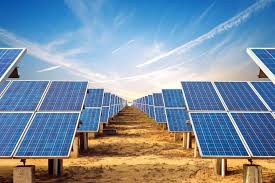

Innovations like TOPCon (Tunnel Oxide Passivated Contact) and PERC (Passivated Emitter and Rear Cell) cells improve efficiency, while half-cut cells reduce power losses
Advanced Cell Technology
High Energy Conversion Efficiency
Modern panels can convert a high percentage of sunlight into electricity, maximizing power output from a given area.
These panels capture sunlight from both the front and back, significantly increasing energy output.
Reach out for sustainable solar energy solutions today.
Bifacial Modules
Industrial rooftop solar panel systems are a popular and effective solution for businesses to generate their own electricity, reduce operational costs, and promote environmental sustainability.
Scale and Power Output : Industrial systems are significantly larger than residential ones, with capacities ranging from 100 kW to several megawatts (MW). This scale is necessary to offset the substantial energy consumption of factories, warehouses, and office buildings.
Financial and Operational Benefits :The primary driver for industrial solar is a substantial reduction in electricity bills, which can lead to a quick return on investment (ROI). In many cases, the system pays for itself within a few years.
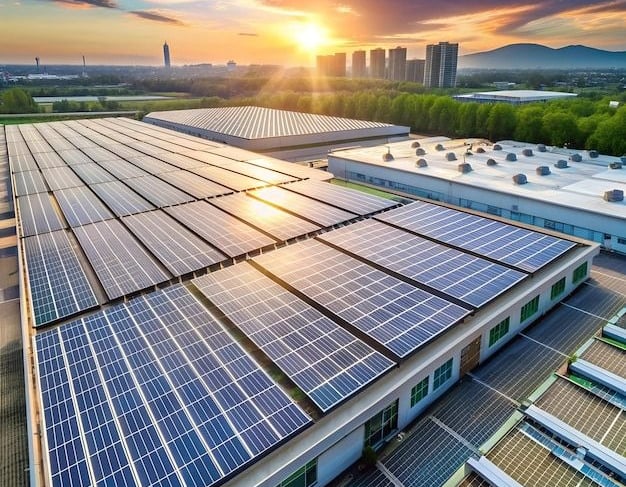

Industrial Panels Rooftop
In a solar panel, TOPCon (Tunnel Oxide Passivated Contact) is an advanced solar cell technology that enhances efficiency and reduces energy loss by adding an ultra-thin, insulating tunnel oxide layer and a polycrystalline silicon layer to the back of the solar cell. This architecture minimizes electron recombination, improves carrier selectivity, and allows for more sunlight to be converted into electricity compared to traditional PERC cells. As a result, TOPCon panels offer higher efficiency, better performance in high temperatures, and improved power output.
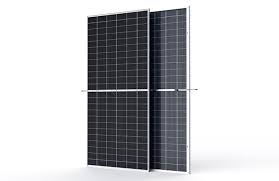

Topcon Panels
Key Benefits of TOPCon Panels
Higher Efficiency:
TOPCon cells convert more sunlight into electricity than PERC cells, leading to higher power output per square meter.
Better Temperature Performance:
They maintain their efficiency even in high-temperature conditions, making them suitable for hot climates.
Lower Degradation:
TOPCon technology has a lower susceptibility to Light Induced Degradation (LID), which is a common issue in traditional cells.
Improved Bifacial Performance:
The technology offers a higher bifacial rate, meaning they can generate more power from light reflected from the rear surface, which is especially beneficial for large-scale projects.
Scalable Manufacturing:
TOPCon technology is an upgrade from existing PERC technology, making it easier for manufacturers to transition and scale production.
A bifacial solar panel is a solar panel designed to capture sunlight on both its front and back surfaces, significantly increasing energy production compared to traditional monofacial panels, which only generate power from one side. This dual-sided operation allows bifacial panels to use reflected light (albedo) from surfaces like snow, sand, or light-colored rooftops to generate more electricity. Their transparent back sheet or glass construction enables light to pass through, making them highly efficient in certain environments and suitable for space-constrained or utility-scale applications.
Key Benefits
Increased Energy Production:
By capturing light from both sides, they can produce more electricity, especially in areas with high reflectivity.
Improved Space Utilization:
For a given power output, bifacial panels can sometimes reduce the overall footprint of a solar installation compared to monofacial panels.
Versatility:
They are well-suited for flat-roof installations, ground arrays, and utility-scale projects where reflected light is readily available.
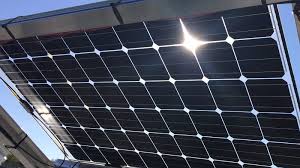

Bifacial Solar Panels
Greenfield solar power generation plant is a new, large-scale solar project developed on previously undeveloped land, starting from the ground up with processes like site acquisition, grid connectivity assessment, engineering, procurement, and construction to harness solar energy and feed it into the power grid.
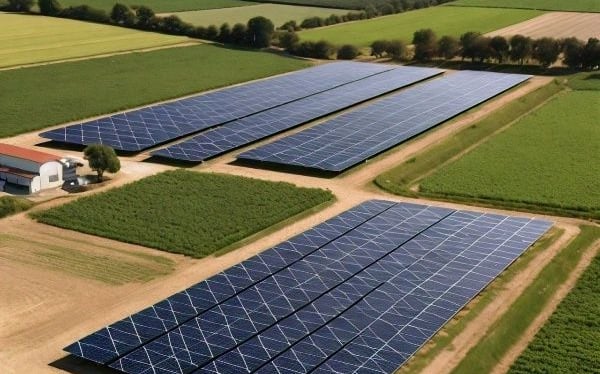

Greenfield Ground Panels
Key Benefits for Industries
High Energy Production and Efficiency
The availability of large land spaces in industrial areas allows for optimal energy production. Unlike rooftop installations, ground-mounted solar systems can be placed at the perfect tilt and angle, maximizing energy efficiency and capturing sunlight throughout the day.
Scalability for Large-Scale Project
Ground-mounted systems are ideal for industries requiring scalable energy solutions. Businesses in manufacturing, textiles, warehousing, and data centres can seamlessly expand their solar installations to meet growing energy needs.
Lower Installation Cost
Ground-mounted systems involve simpler and quicker installations compared to rooftop solar systems. Accessibility to the ground reduces labour costs, making these solutions cost-effective solar options for industries.
Easy Maintenance and Accessibility
Cleaning and servicing ground-mounted panels is much simpler compared to rooftop systems. The ease of access ensures better upkeep, leading to consistent energy performance over the years.
Rooftop solar power system, or rooftop PV system, is a photovoltaic (PV) system that has its electricity-generating solar panels mounted on the rooftop of a residential or commercial building or structure. The various components of such a system include photovoltaic modules, mounting systems, cables, solar inverters battery storage systems, charge controllers, monitoring systems, racking and mounting systems, energy management systems, net metering systems, disconnect switches, grounding equipment, protective devices, combiner boxes, weatherproof enclosures and other electrical accessories
